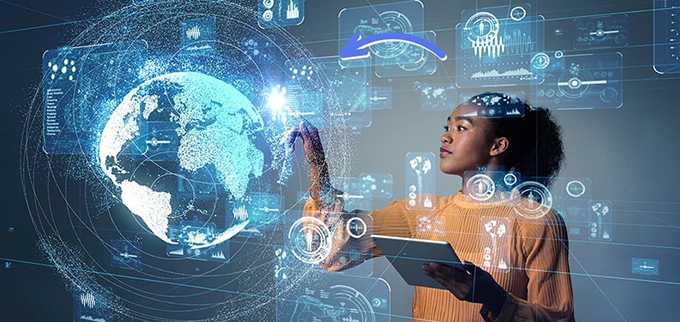
When we think of creativity applied to education, the first thing that comes to mind are different manifestations of artistic expression; but we forget that creativity and another related concept such as innovation refer to much more, to a way of “being” and “being” in the world.
Among the multiple definitions of creativity, we are left with two for adapting to the title and content of this article. The Dictionary of the Royal Spanish Academy (RAE) defines it as the power to create or the ability to create. Another more specific definition is “the process of coming up with original ideas that have value”.
Regarding innovation, the RAE explains that it is the creation or modification of a product and its introduction into a market. For Ken Robinson , British writer and speaker, specialist in creativity and education, innovation consists of the act of applying new ideas to enhance the value of a company, an organization or society in general.
Close but not the same
In the educational context, innovation includes those initiatives and proposals that seek to improve the educational system and make it more efficient. It is a constantly evolving process based on the research, development and implementation of new ideas and approaches to improve the quality of education.
Although both concepts are linked, they do not mean the same thing . In order to innovate, imagination is necessary, which is one of the foundations of creativity, as well as more elements such as observation and critical thinking. Another factor of great educational value is inclusion, which is always present in a creative classroom.
Creativity as a sustainable model
If we mention sustainability in the classroom, we are referring to the ability to remain over time without running out or causing damage. Although the term is associated with ecology and the environment, it can also be used in other contexts in the social sphere, such as classrooms in formal education.
A classroom education model is “sustainable” when it uses parameters of inclusion and development of the unique talent of each student. Education becomes personalized and organic.
The current educational system follows an industrial, standardized and conformist model; Children are educated with the premises of fast food regardless of the characteristics of each one, when in reality the talents and abilities are as diverse as the students. Although this is changing all over the world, because the vision of education in the 20th century is not the same as in the 21st century.
Other ways to take advantage of this concept is by managing the classrooms in a cooperative and collaborative way. When elements such as cooperative, collaborative or project-based learning are included, we are validating this sustainable model of education where the student is not only a recipient of content, but a true interlocutor, protagonist of learning itself and knowledge of it.
Prevention of disruptive behaviors
These methodologies and others used in the classroom, promoted by creative and innovative teachers who stimulate the motivation and self-esteem of the students, are the ones that will promote lasting and meaningful learning .
Thanks to them, there will be a different appreciation of those moments in which the student is a simple silent receiver of knowledge in a class. This traditional methodology, although sometimes necessary, can “disconnect” the interest of those students who break the rules of coexistence in the classroom. One way to attract him again is through dynamics and methods that make him mobilize and take responsibility for his learning.
Involvement of the entire environment
A creative, innovative and sustainable project, with effective results over time, is not limited to one class but to the entire educational environment, since it is an integral constructivist model.
The entire educational project of the center must be involved in its implementation and development, from the management of the center, the teachers themselves, the students who are most motivated and interested in learning, and then address those with behavioral problems at school who may feel they are partners. of the entire educational experience. The role of families will also be essential.
Creativity is a way of “being” and “being” in the world, with the unique and personal talent that individuals bring to the group and to the school, with the inclusion of all students (also those labeled as “problematic”) and with the possibility of expanding creative and innovative processes to families.
Author Bio: Claudia Beatriz Alvarenga Capurro is a Professor of Social Psychology at the International University of Valencia